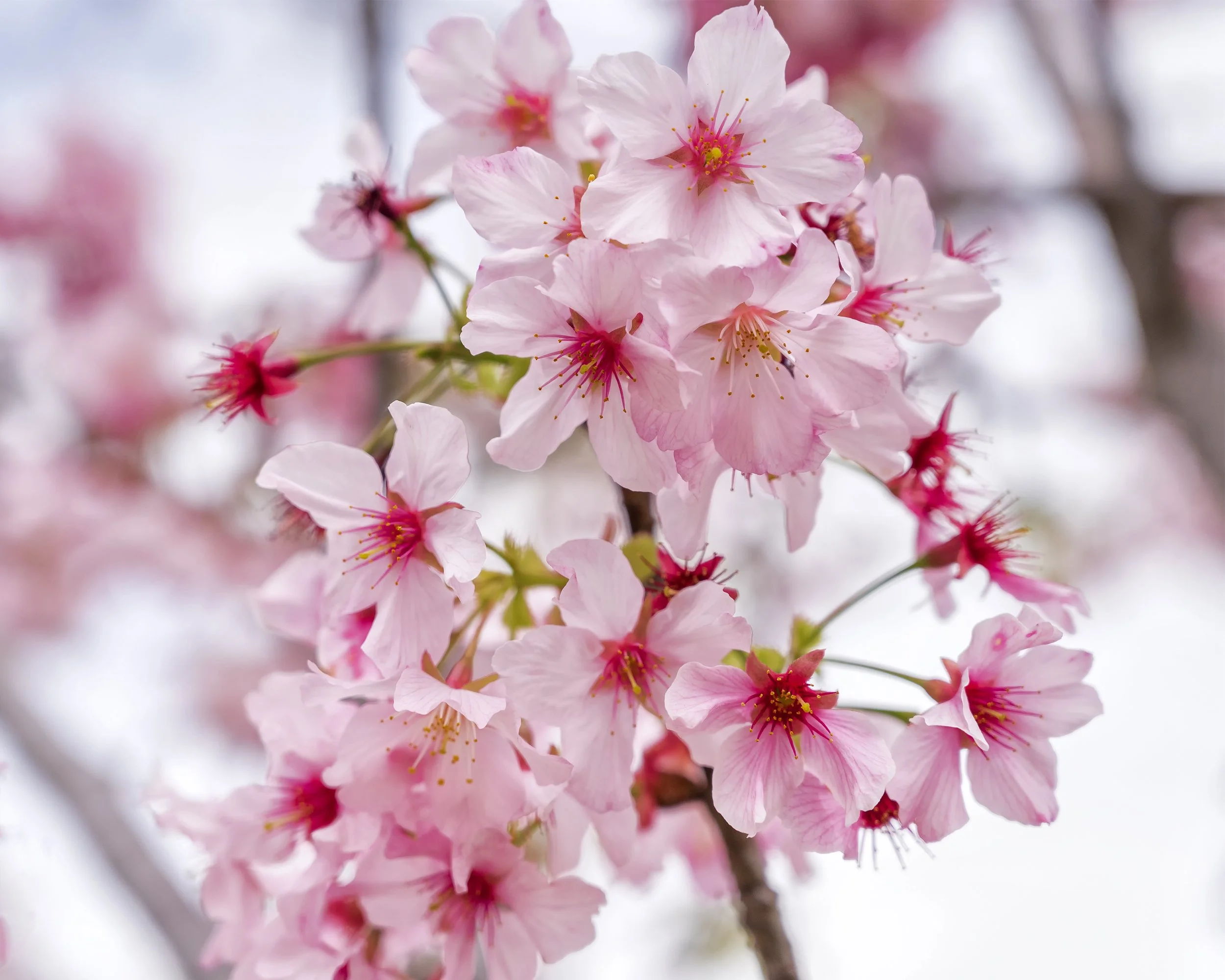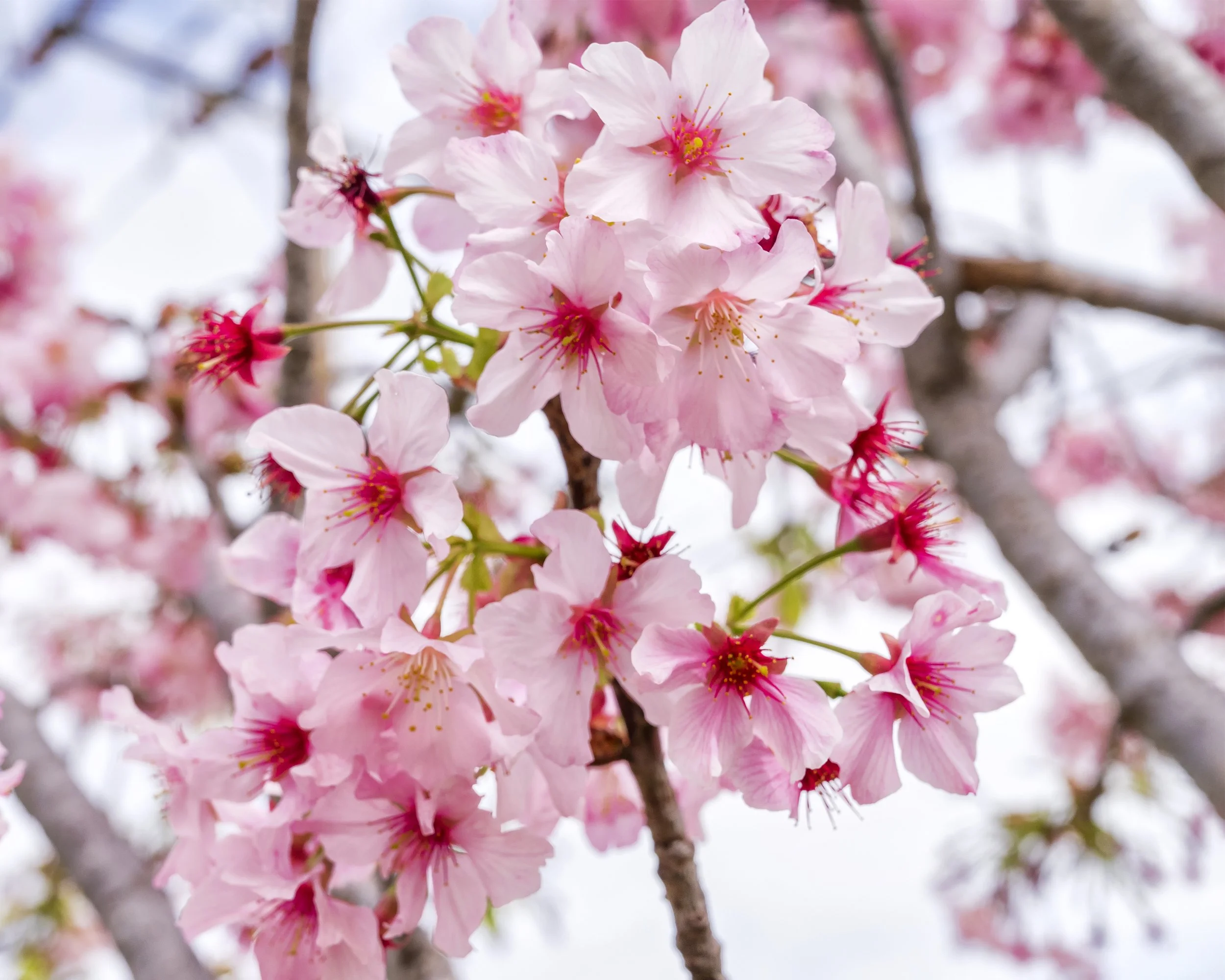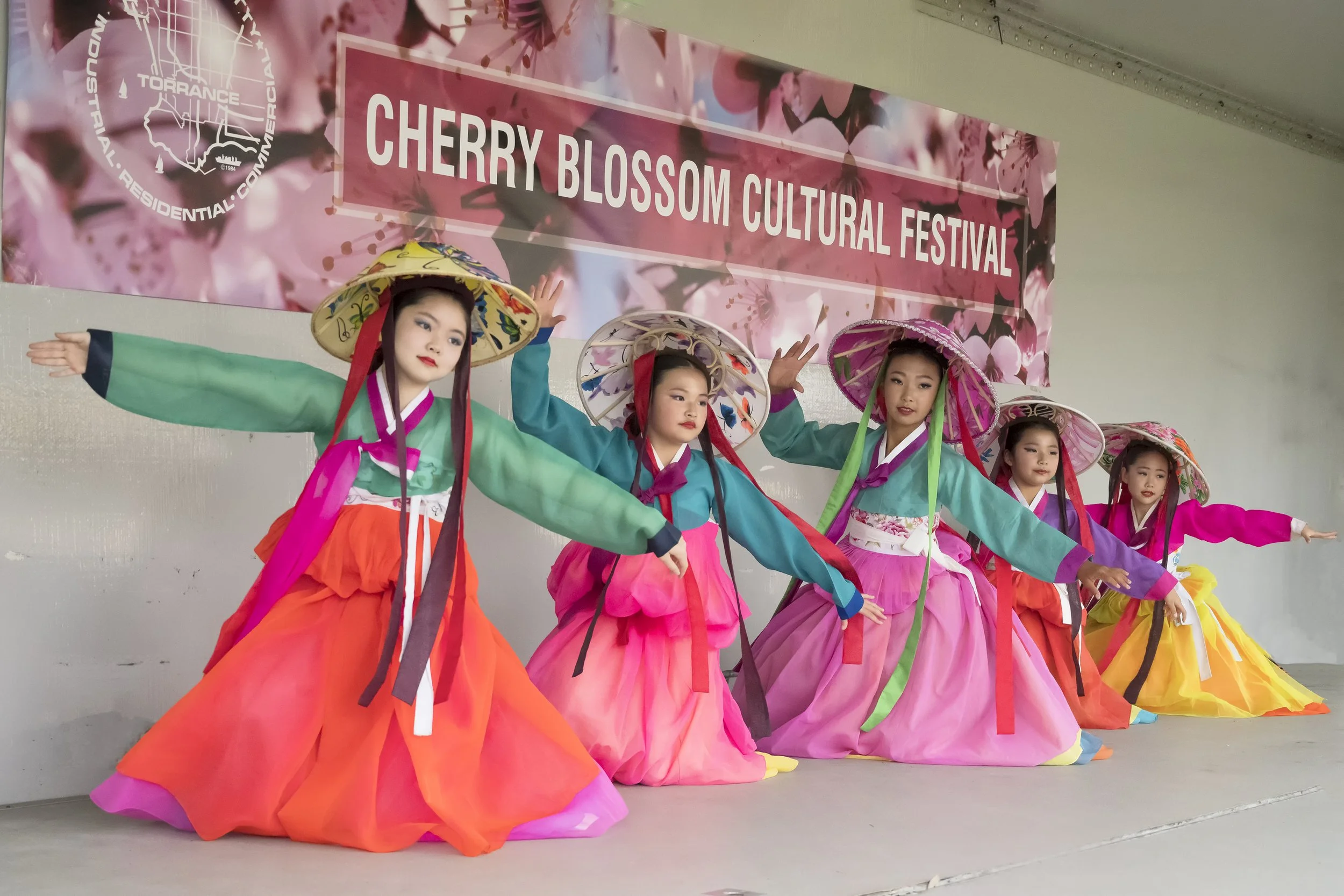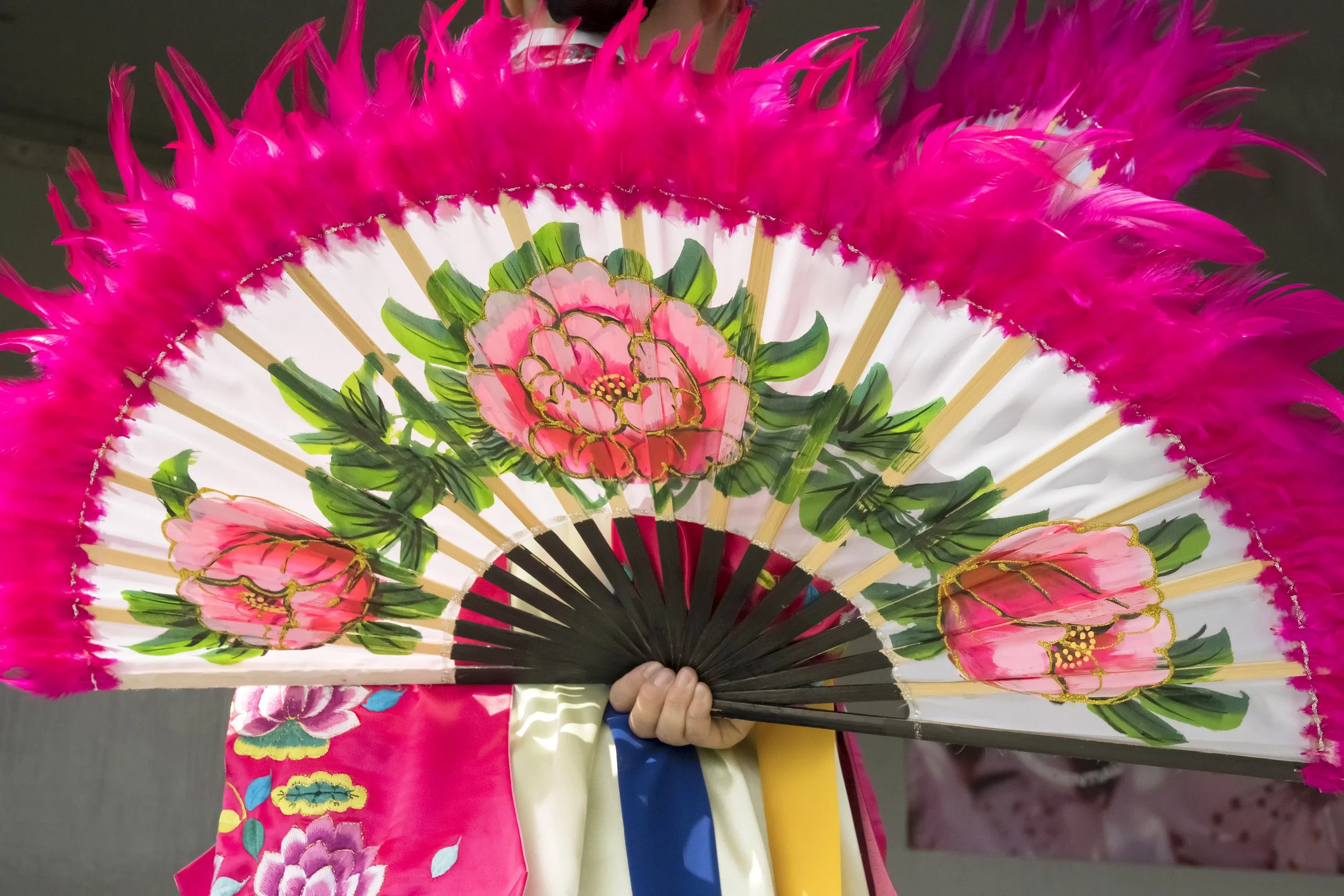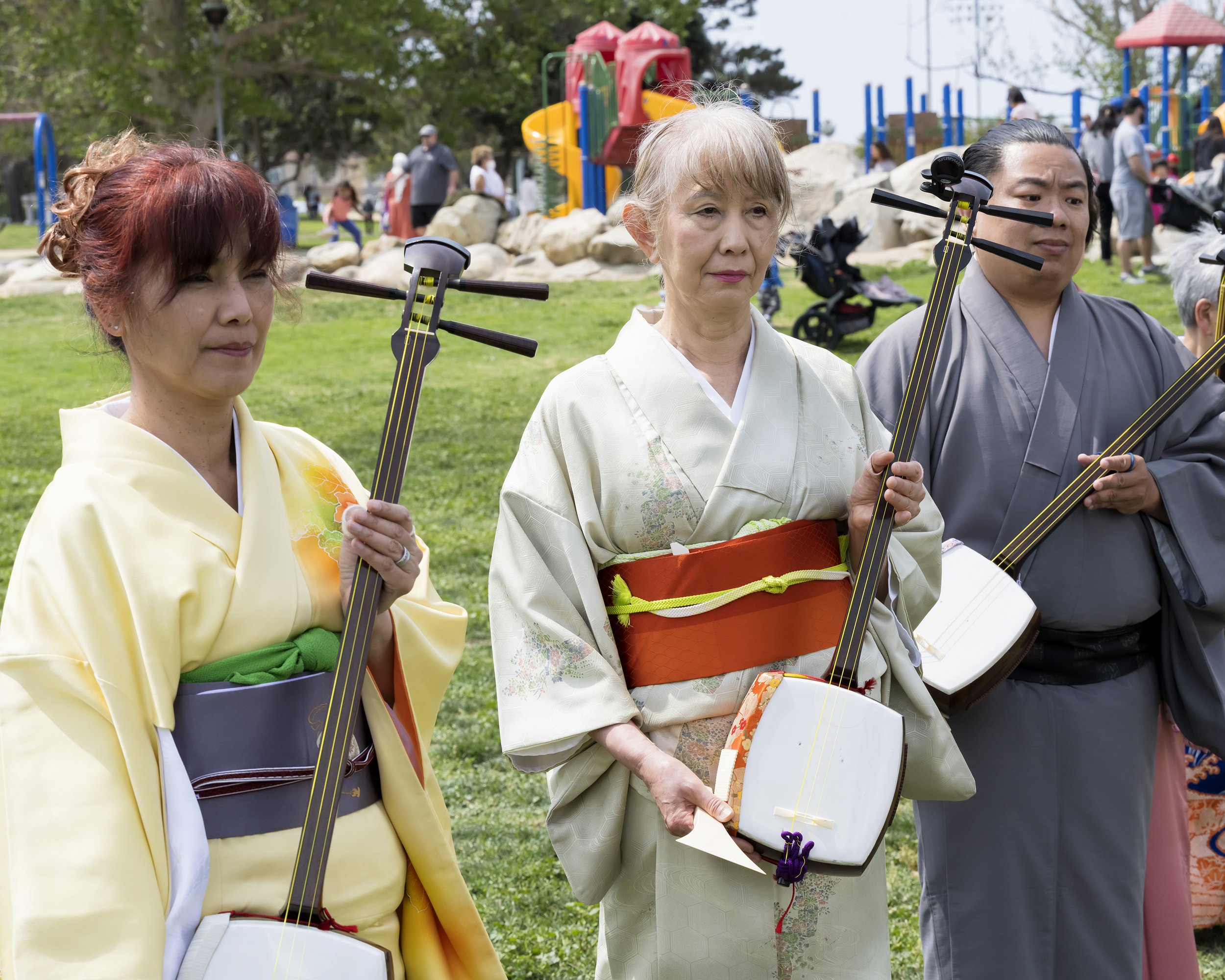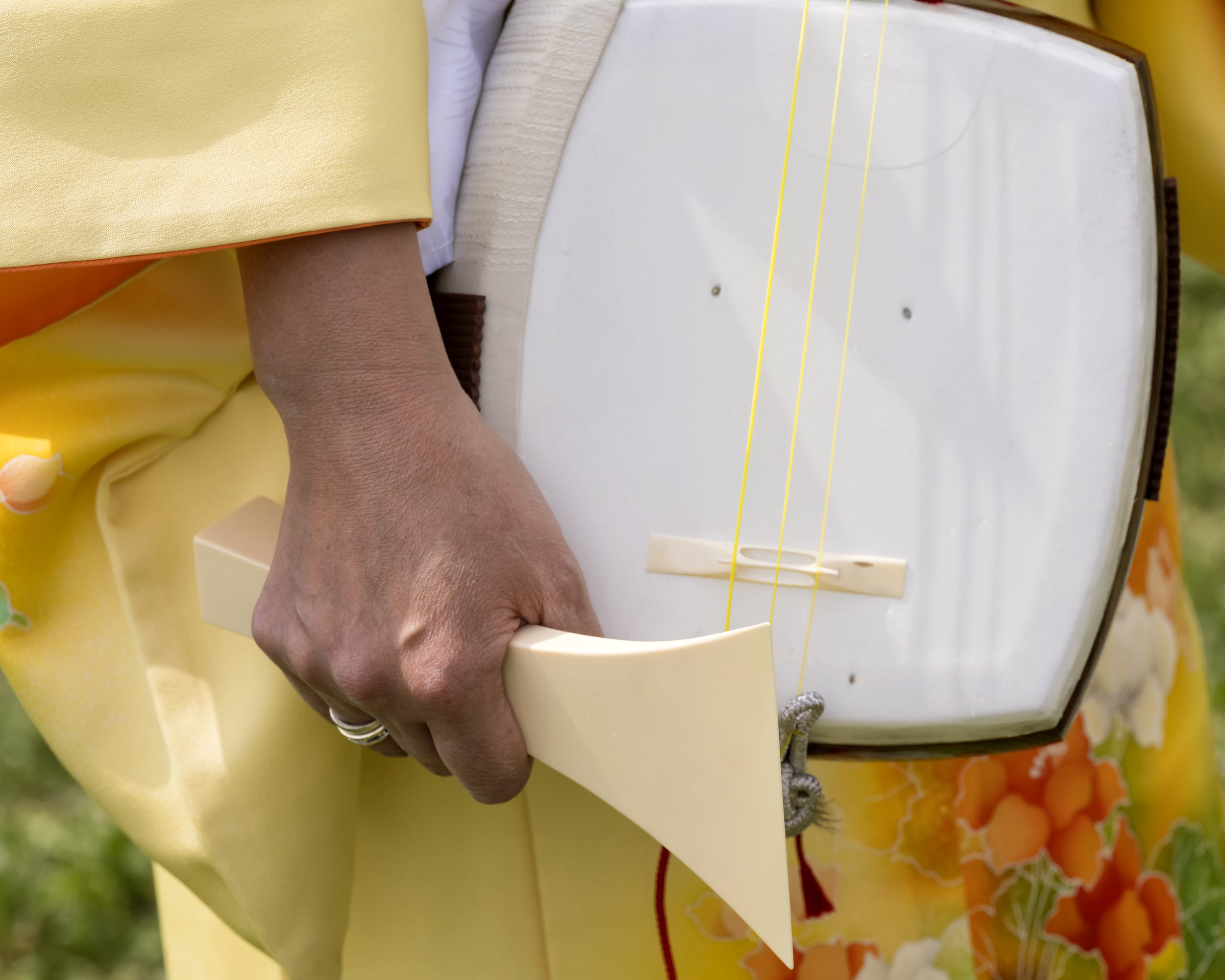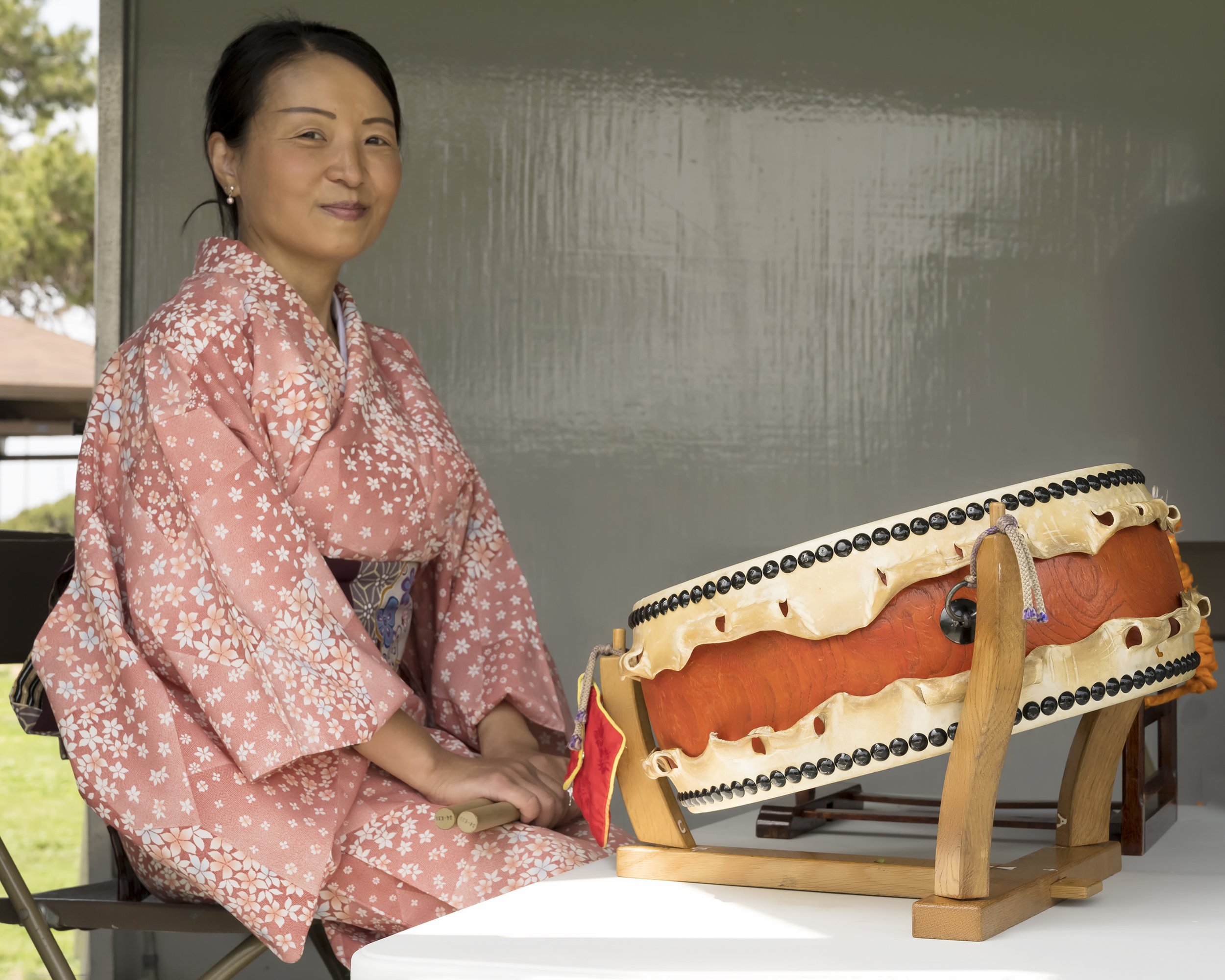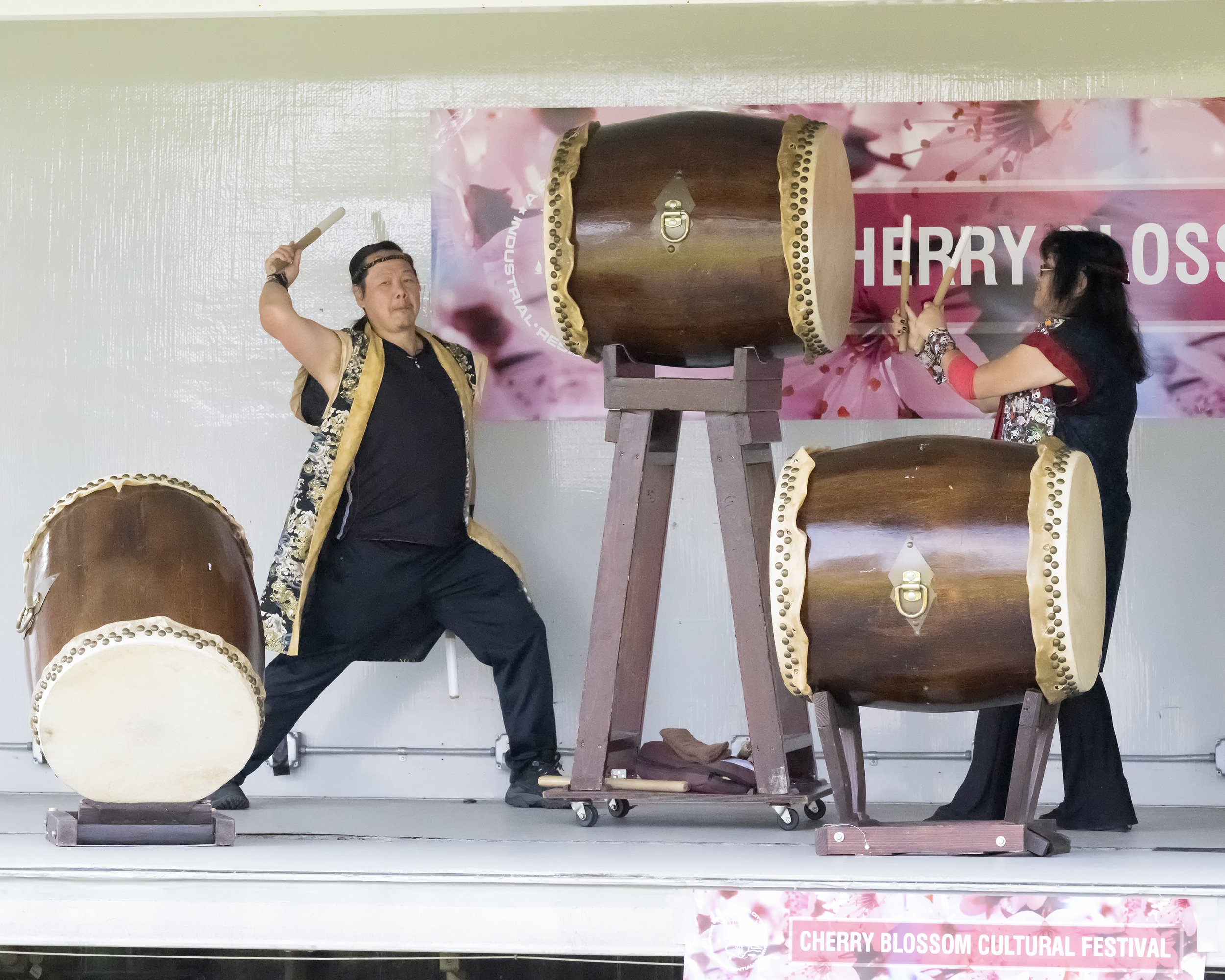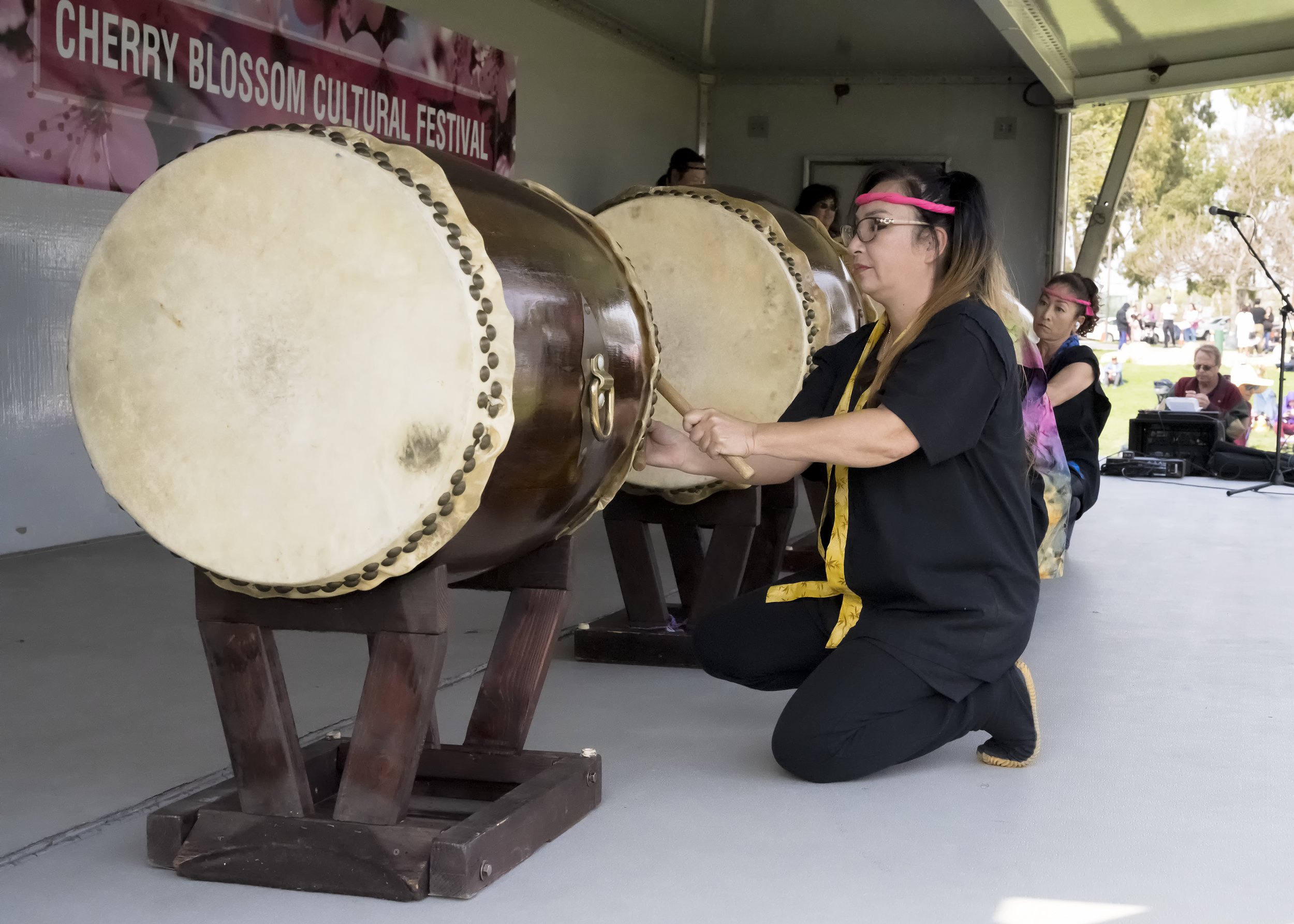A Bloom that is Celebrated Around the World The Cherry Blossom Cultural Festival Returns to Columbia Park By Steve Tabor Writer, Photographer, Contributor
A Bloom that is Celebrated Around the World! The Cherry Blossom Cultural Festival Returns to Columbia Park
By Steve Tabor Writer, Photographer, Contributor
After more than a two-year hiatus, due to COVID-19 restrictions, the Cherry Blossom Cultural Festival returned to Columbia Park in the City of Torrance. The City’s annual festival celebrates the annual Spring blooms of its Cherry Blossom trees and the South Bay’s diverse Asian population.
Cherry Blossom trees can be found in Columbia Park along the section of the Park bordering Prairie Avenue and 190th Street. Other Cherry Blossom trees can be found at the Torrance Cultural Arts Center near the intersection of Torrance Boulevard and Prairie Avenue. The trees were a donation from the Soka Gakkai International (SGI) to the City beginning in 2001. SGI committed donating two hundred trees to the City by 2020.
The day long festival featured performers in traditional costumes and accompanied by traditional instruments. The performers included the Akoke Dasgupta and Raga Ranjani School of Music, Mai No Kai Odori Japanese Traditional Dance, Matsutoyo Kai Japanese Folk Music and Dance, Kim Eung Hwa and Korean Dance Company, and Myo’ On Taiko and Friends. In addition, the Southern California Naginata Federation (SCNF) demonstrated early combat techniques employed by the Samurai, Onna-musha and Naginatajutsu, who battled their opponents using a single-edge curved blade mounted to a long wooden pole. (The demonstration instruments, did not have a blade attached to the weapon.)
Along with the entertainment, festival goers were able to purchase a variety of food selections, handmade crafts and other goods.
The tradition of Japanese Cherry Blossom (Sakura) festivals dates back several centuries. Because of large varieties of Sakura found across the island nation, celebrations of the annual blooms are hosted across the island nation of Japan and extend over several weeks as the blooms spring forth as winter temperatures give way to warmer spring days. Furthermore, the Sakura holds a significance place in two of the nation’s most prominent religions, Shinto and Buddhism.
The fragile nature of the blossoms, most only last for a period of two weeks, exemplifies one of the fundamental doctrines in Buddhism, transience or impermanence. The Sakura serve as a metaphor for the human experience: All things arise and perish through a dependent origin, and it is these experiences during our lifelong journey that are necessary to achieve happiness.
Other Cherry Blossom trees can be found throughout the Northern Hemisphere. They are commonly associated with Japan, Korea, and China. However other Asian countries such as Nepal, India, Afghanistan, and Pakistan have species of Cherry Blossom trees. Additionally, Cherry Blossoms can be found in the United States, several northern European countries and Iran.
Steve Tabor Bio
This South Bay native’s photographic journey began after receiving his first 35 mm film camera upon earning his Bachelor of Arts degree. Steve began with photographing coastal landscapes and marine life. As a classroom teacher he used photography to share the world and his experiences with his students. Steve has expanded his photographic talents to include portraits and group photography, special event photography as well as live performance and athletics. Steve serves as a volunteer ranger for the Catalina Island Conservancy and uses this opportunity to document the flora and fauna of the island’s interior as well as photograph special events and activities.
Watch for Steve Tabor Images on the worldwide web.

